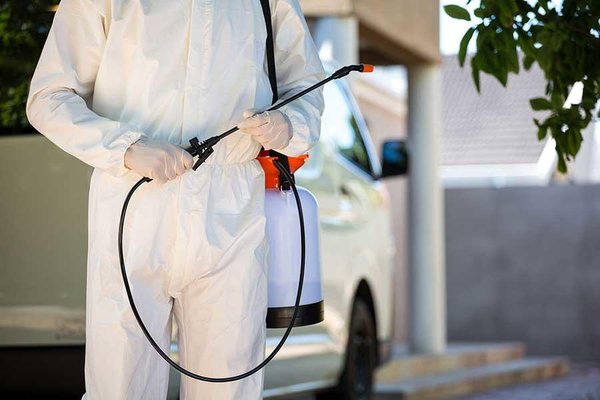Pest control is essential for maintaining a clean and healthy environment, but traditional methods often rely on harsh chemicals that can pose risks to human health and the ecosystem. Safe and smart pest control emphasizes an integrated approach that minimizes harm while effectively managing pests. This method combines preventive measures, biological solutions, and eco-friendly treatments to create a balanced and sustainable strategy. By focusing on long-term solutions rather than quick fixes, individuals and communities can keep their spaces free from pests without compromising safety. One of the key principles of smart pest control is prevention. Pests thrive in environments where food, water, and shelter are readily available. Simple steps such as sealing cracks, maintaining proper sanitation, and managing waste effectively can significantly reduce the chances of infestations. Ensuring that food is stored in airtight containers, fixing leaks, and regularly cleaning living spaces can make an area less attractive to pests.

Preventive measures are not only safe but also cost-effective, as they reduce the need for frequent interventions. Biological control methods offer an environmentally friendly way to manage pests by utilizing natural predators and beneficial organisms. For example, introducing specific insects or animals that feed on pests can help keep populations in check without the use of synthetic chemicals. This approach mimics nature’s balance, reducing the need for pesticides while maintaining biodiversity. By encouraging the presence of birds, beneficial insects, and certain plant species, a natural defense system against pests can be established. Eco-friendly alternatives to chemical pesticides are gaining popularity due to their effectiveness and minimal impact on the environment. Botanical extracts, essential oils, and microbial treatments can act as natural repellents while being safe for humans and pets. Many of these solutions target pests specifically while preserving beneficial organisms such as pollinators and earthworms.
Choosing non-toxic treatments ensures that indoor and outdoor environments remain healthy, reducing exposure to harmful substances. Innovations such as ultrasonic repellents, pheromone traps, and automated monitoring systems help detect and deter pests without relying on chemicals. The PestFreeMike tools allow for precise pest management by targeting specific species and reducing unnecessary pesticide use. With the integration of smart technology, homeowners and businesses can adopt data-driven strategies to prevent and control infestations more effectively. Community-wide pest control efforts can significantly improve the overall health of shared spaces. Coordinated approaches, such as public awareness campaigns and integrated pest management programs, encourage sustainable practices at a larger scale. When neighborhoods work together to eliminate breeding grounds and implement eco-friendly solutions, the risk of infestations decreases. Education on safe pest control methods empowers individuals to make informed decisions, fostering a healthier environment for everyone.
